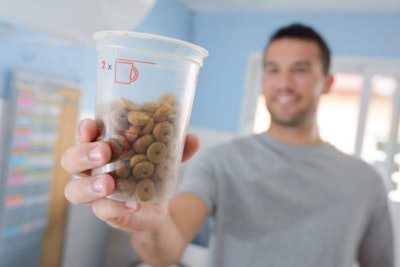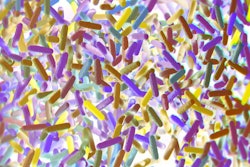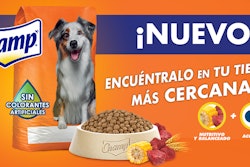
Companion animal nutrition researchers have an option that many other scientists do not. Along with pet food feeding trials and other research with dog or cat colonies in professional kennels, scientists studying dog and cat nutrition can opt to include pets, Jessica Jarrett, computational biologist for AnimalBiome, said. She and a group of researchers reviewed previously published studies on pet microbiomes. Her team developed recommendations of best practices for conducting observations of interactions among diet and the microbes in pet guts, published in Frontiers of Veterinary Science.
“One of the aspects that we have synthesized in our paper but have not seen discussed elsewhere is the decision to use pets or colony animals for research, a choice that is uniquely available in companion animal science,” she said. “Participants for pet food or supplements studies can be recruited in several ways.”
- Social media - Facebook and NextDoor can be particularly effective if research has a geographic focus.
- Email - Lists of existing customers who have opted-in to marketing emails provide groups of ready participants.
- Veterinarians – Vets and their offices can help to recruit study participants. “This is invaluable when specific diagnoses are being targeted, and it provides the opportunity to incorporate veterinary exams and testing into the study design,” she said.
- Breed-based organizations – These groups help with specific interests in breed-related conditions.
- Advertising - More traditional print media like magazines are still used.
“We have used these methods to recruit participants for microbiome studies for a number of companies within the pet industry as well as for academic collaborators.”
5 best practices for dog, cat, pet microbiome research
Scientists have begun to understand the influence of diet and nutrition on the community of organisms living within pet digestive systems. Yet, veterinary researchers believe much remains to be discovered about pets’ gut microbiomes. As pet owners increasingly demand products formulated to promote gut microbiome health, one group of scientists reviewed previously published research on pet microbiomes and developed recommendations, published in Frontiers of Veterinary Science.
“We have found that many pet food companies are excited about microbiome science and want to be able to make product claims that are backed by solid research,” Jessica Jarrett, computational biologist for AnimalBiome, said in an email.
“In the past, sequencing was prohibitively expensive, but as costs drop more companies have taken the leap. However, those who are new to microbiome research can underestimate its complexity, and mistakes in design and implementation are unfortunately common. In many instances, fairly small or simple changes would have improved the study and allowed for a clear answer to the research question.”
- Focus - “First and most importantly, start with a clear and simple focus for the study, to enable a clear and unambiguous answer to your research question.”
- Control - “Appropriate control groups that match the treatment groups are critical, but unfortunately, they are also common victims of cost-cutting measures.”
- Design – “Crossover designs are often ideal for diet research, but there are many robust experimental design choices available.”
- Analysis – “We recommend performing microbiome analyses as a standard part of the pre-screening process and anticipating the big influences on the microbiome and normalizing them where possible. For example, have all participants eating the same diet during the run-in period.
- Duration – “Lastly, plan for an adequate duration of the study; a month is a good benchmark for dietary interventions.”
Organisms in the pet microbiome
Dogs, cats, people and every other animal live in biomes, such as forests and savannahs, or at least cities embedded into and dependent upon those biomes. In turn, animals have microbiomes within them. Our bodies serve as habitats for a diverse range of bacteria, viruses, fungi and other microorganisms. Those organisms are collectively known as microbiota. In biology, those microorganisms, along with the genes they contain, form microbiomes within animals that affect the hosts’ health.
A single planet Earth hosts many biomes, and each animal hosts multiple microbiomes. For example, the gut microbiome has a distinct set of microorganisms from the skin microbiome. (In genomics, the collective genetic material of an animal and the microbes living on it also can be referred to as the microbiome, or metagenome.)
An ecosystem becomes less resilient when faced with invasive species, habitat destruction, pollution or natural disaster. Similarly, the internal environment can fall out of balance. The causes of problems in the microbiome are just as diverse as the disruptions to ecosystems. However, an individual has far more control over the conditions they create in their own body, or that of their pet, than they do over what happens to swamps, taigas or deciduous woodlands.
Controlling the conditions of the microbiome involves diet, and as the computer programming saying goes, garbage in, garbage out. Research on pets and people has explored how different edibles influence their bodies’ microbiomes. Prebiotics, probiotics, enzymes and now even post-biotics have entered pet food formulators tool kits for making foods that encourage healthy communities of microbes within dogs and cats. When that complex microbial community shifts out of balance, the gut can fall into a state called dysbiosis. This unhealthy microbiome correlates with chronic inflammation, digestive problems and other health issues.














